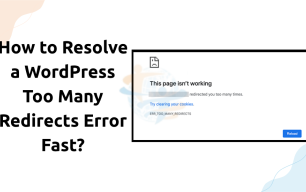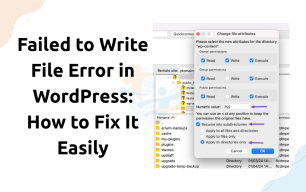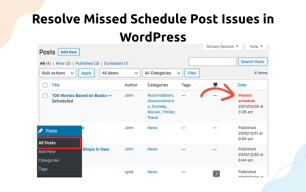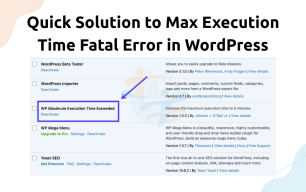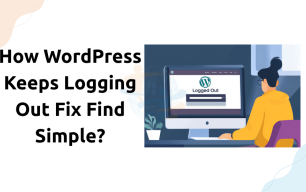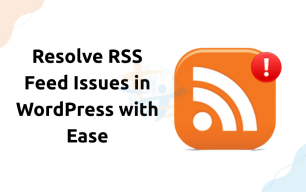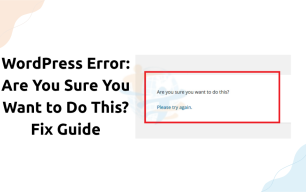How to Fix 404 Errors on WordPress Posts?
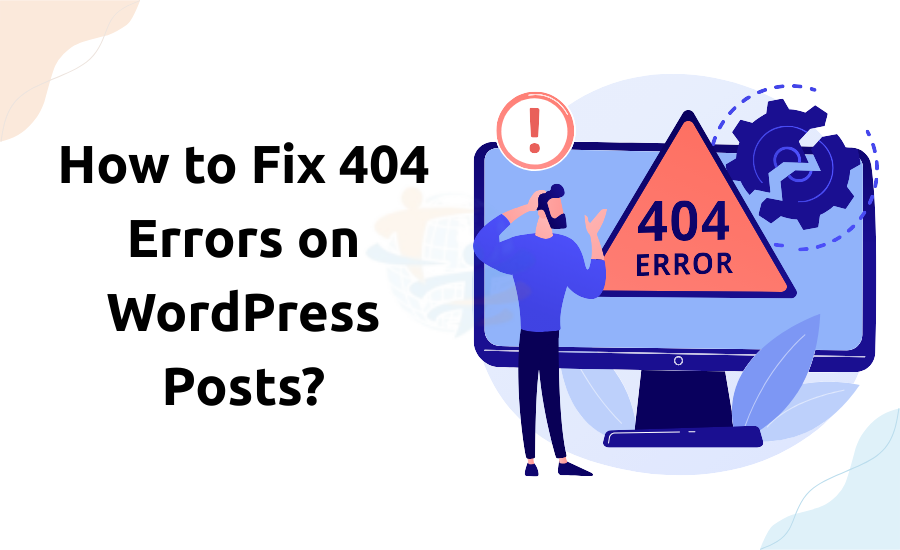
How to Fix WordPress Posts Returning 404 Error?
You have just completed a big post, clicked a view post, and hit publish. But instead of material, you have to face a hopeless 404 Not Found error. This error can confuse your visitors and SEO rankings. To solve this error, you do not need a developer. In this article, we will learn how to fix 404 errors on WordPress.
Here’s some clear information, step-by-step, to solve it rapidly.
1. Reset Permalink Settings
Why does it work?
Sometimes WordPress misses the path of your permalink structure. This usually occurs after you install a new plugin, migrate your site, or update WordPress. If you reset permalink settings, it can fix the issue.
How to do it?
- Log in to your WordPress admin dashboard.
- Go to Settings > Permalinks.
- Don’t alter anything on this screen.
- Scroll down and click “Save Changes.”
- That’s it! This simple action refreshes the permalink settings behind the scenes.
2. Check and Regenerate the .htaccess File
What is it?
The .htaccess file is a tiny configuration file that controls URLs and guides on your WordPress site. If it’s corrupted or missing, your site may show 404 errors.
How to fix it?
- Connect to your site using your hosting File Manager or FTP.
- Go inside the root folder where WordPress is installed (usually public_html).
- Research the file named .htaccess
- Rename it to .htaccess_old as a backup.
- Return to your WordPress dashboard and restore your permalinks (see step 1).
3. Deactivate All Plugins Temporarily
Why?
Plugins can contrast with one another or with your theme. Sometimes, a plugin that covers redirects, safety, or SEO can interfere with how your posts load.
How to test?
- Run to Plugins > Installed Plugins from your dashboard.
- Choose all plugins, then choose Deactivate from the Bulk Actions menu.
- Meet one of your posts to look after if the 404 issue is gone.
4. Switch to a Default WordPress Theme
Why does this matter?
Your theme determines how your site expresses content. If your theme’s single.php or index.php file is missing or misconfigured, posts won’t load accurately.
To test this:
- Go to Appearance > Themes.
- Activate a prepared theme like Twenty Twenty-Four or Twenty Twenty-One.
- Examine if your posts load accurately
5. Re-Save or Recreate the Post/Page
Sometimes, the problem is tied to a single post or its slug (URL). Here's a quick trick:
- Open the post that displays the error.
- Change its permalink slightly, e.g., add a dash or a word.
- Save or update the post.
- Check the new URL.
If it works, you can rename it again and resave back.
6. Check for Custom Post Type Issues
Are you using people's posts (like portfolios or testimonials)? If so, and you look after 404 errors on those only, it needs to be a code or plugin registration problem.
Fix tip:
Flush the rewrite principles. You can do this by searching Settings > Permalinks and clicking Save alternates, even without making any default changes.
7. Contact Your Web Hosting Provider
So far, if it doesn't work, the problem might be on your server.
Your hosting supplier can guide you with:
- Server configuration (e.g., Apache mod_rewrite not enabled)
- File permissions
- PHP errors or a caching problem
Explain the steps you’ve taken so far. They’ll appreciate that and can dig deeper.
There’s also a chance you’re facing WordPress Database Connection Error alongside it — we have a solution for that as well.
8. Use a Redirection Plugin (Optional Fix)
If you deleted old material, you changed post slugs and fixed up redirects to save from 404 errors.
Recommended plugin:
- Redirection by John Godley
- This lets you fit up 301 redirects from broken URLs to working ones—boosting visitors' experience and SEO.
If you're also experiencing White Text & Missing Buttons in WordPress, we've covered it in a separate article that you might find helpful.
Final Thoughts
Began with the simple solutions:
- Reset permalinks
- Check your .htaccess file
- Deactivate plugins
- Switch themes.
Still you can't do it by yourself, Hire a WordPress Developer. Our dedicated WordPress developers team is available to help you 24/7.

